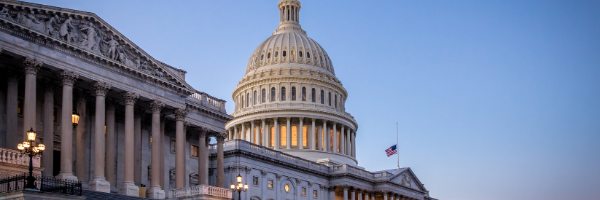Author: Juan Garcia de Paredes
-
164 candidates are running for Texas’ 38 U.S. House districts—the most since 2016

This year’s filing deadline for candidates running for Congress in Texas was Dec. 11, 2023. One hundred sixty-four candidates are running for Texas’ 38 U.S. House districts, including 63 Democrats and 101 Republicans. That’s 4.3 candidates per district, the lowest number since 2016, when 3.5 candidates ran. In 2022, the first election after the number…
-
Five U.S. House seats are open in North Carolina this year—a decade high

This year’s filing deadline for candidates running for Congress in North Carolina was Dec. 15, 2023. Sixty-four candidates are running for North Carolina’s 14 U.S. House districts, including 15 Democrats and 49 Republicans. That’s 4.6 candidates per district, less than the 7.14 candidates per district in 2022, the first election after the number of congressional…
-
Thirty-six candidates are running for Alabama’s seven U.S. House districts—a decade-high

This year’s filing deadline for candidates running for Congress in Alabama was Nov. 10, 2023. Thirty-six candidates are running for Alabama’s seven U.S. House districts, including 15 Democrats and 21 Republicans. That’s 5.14 candidates per district, more than in the previous three election cycles. There were 3.14 candidates per district in 2022, 3.57 candidates per…
-
Only one contested U.S. House primary in Arkansas in 2024

This year’s filing deadline for candidates running for Congress in Arkansas was Nov. 14, 2023. Nine candidates filed to run for Arkansas’ four U.S. House districts—four Democrats and five Republicans. That’s 2.25 candidates per district, fewer than the three candidates per district in 2022, but more than the 1.75 candidates in 2020. In 2018, 3.25…

